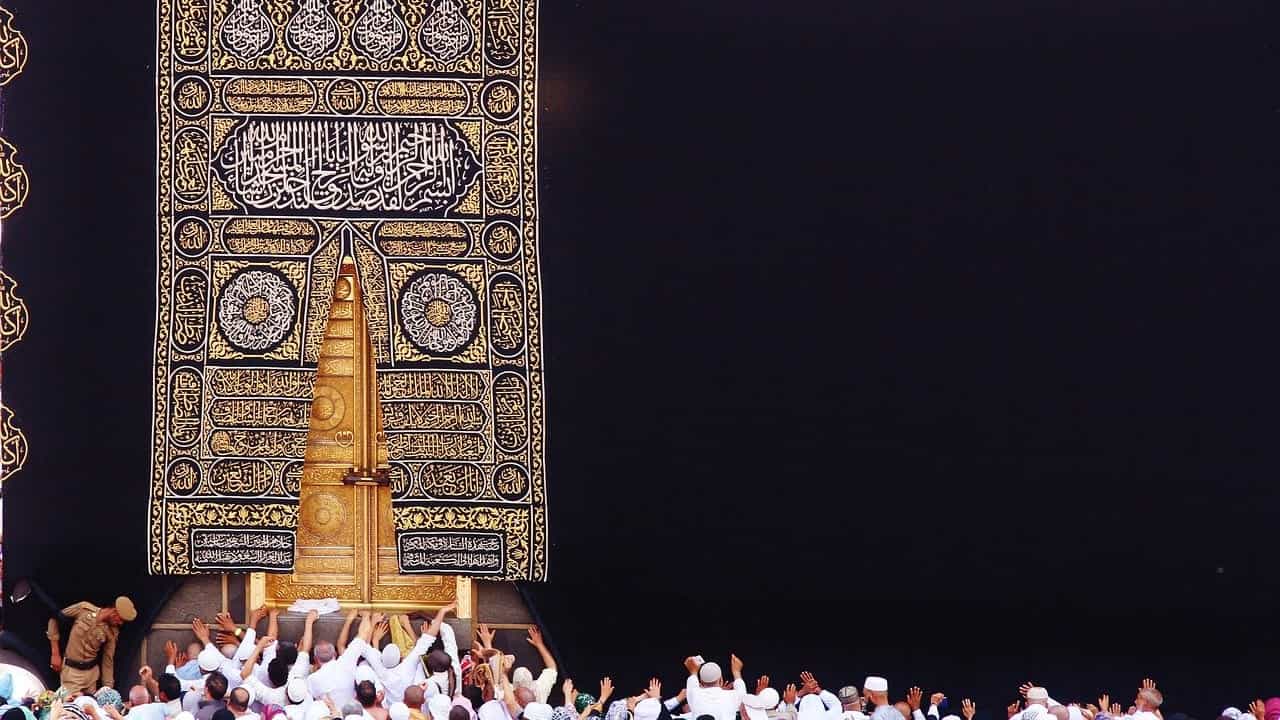Quranic Arabic vs Modern Standard Arabic (Differences)
Author

Contrary to what some people assume, Quranic (Classical) Arabic and Modern Standard Arabic are not the same thing.
However, both of these forms/varieties of Arabic tend to be commonly referred to as "fus7a" (الفصحى) which is derived from the word فصيح, meaning "eloquent" or "pure in speech".
They are certainly closer to each other than to say, spoken regional dialects, but there are some important differences which I'll highlight below.
Deciding on which one to learn is going to depend on your aims.
If you're learning Arabic, you've no doubt encountered the often-controversial debate over MSA vs spoken dialects.
If your goal is to communicate with people, then you should absolutely focus on a spoken dialect and forget الفصحى until much later.
Quranic (Classical) Arabic
As the name suggests, Quranic Arabic is the language of the Quran and the liturgical language of Islam.
It's an early (7th century) predecessor of Modern Standard Arabic that is also commonly referred to as "Classical Arabic", and many other writings in addition to the Quran were written in it.
The primary distinguishing feature of Quranic Arabic is its vocabulary (some of which isn't used colloquially anymore), and the way the language was used for recitation (it's basically sung).
The Quranic texts also make heavy use of diacritics (حركات) to assist with recitation (see our Arabic alphabet guide).
There's also a lean vocabulary base to memorize in Quranic Arabic.
Modern Standard Arabic (MSA)
Modern Standard Arabic is the direct, modern-day descendant of Quranic Arabic which developed around the 19th century.
It's the standardized, literary language of the Arab world, used in politics, education, law, media and many other professional settings. Most textbooks and courses teach it.
Technically (unlike spoken dialects), MSA is the same language only slightly evolved (enough to be classed as distinct).
Unlike Classical Arabic, MSA features a lot of foreign (mostly European) borrowings.
Diacritics are rarely used.
Modern Standard Arabic is often used as a 'bridge language' for Arabs from vastly different geographical locations (e.g. an Iraqi who wants to communicate with a Moroccan). MSA, or "white language" helps facilitate what would otherwise be very difficult conversation.
How are Quranic and Modern Standard Arabic different, and which should you learn?
Both Quranic and Modern Standard Arabic are primarily literary in nature.
Nobody anywhere speaks either of them as a native language.
However, it is MSA - not Quranic - that people use to communicate when there is a communication gap like the example given above.
Think of Quranic Arabic as a purely liturgical language which is greatly significant to Muslims (in fact, Muslims all over the world study Quranic Arabic in order to read the Quran).
MSA, on the other hand, is useful primarily for professional or academic reasons.
So if your goal is to learn Arabic for business or politics, then Modern Standard Arabic is vital.
If you're a Muslim wanting to read the Quran and Hadeeth, learn Quranic Arabic.
However, if your goal is to speak with native Arabic speakers or for tourism, I would strongly recommend neither MSA nor Classical.
Learn a spoken dialect instead.